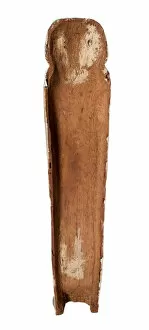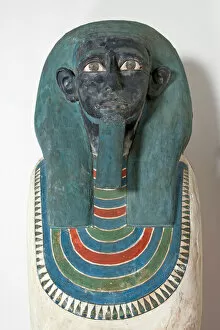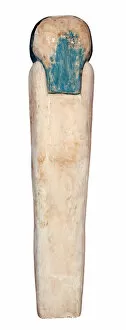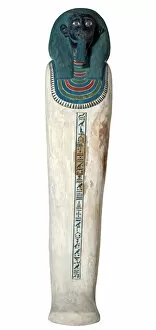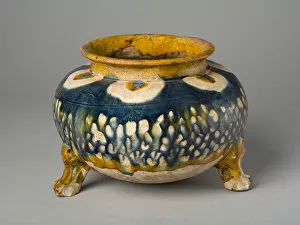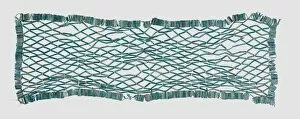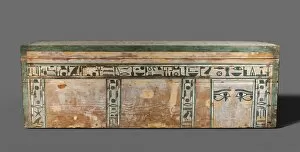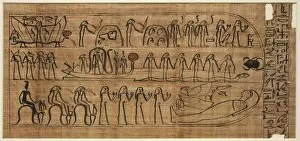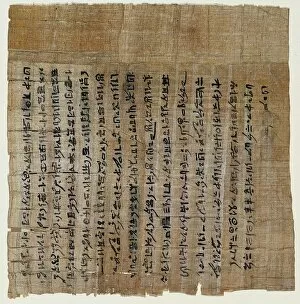Funerary Equipment Collection
"Unveiling the Ancient Art of Funerary Equipment: A Glimpse into the Afterlife" Step back in time as we explore the fascinating world of funerary equipment
For sale as Licensed Images
Choose your image, Select your licence and Download the media
"Unveiling the Ancient Art of Funerary Equipment: A Glimpse into the Afterlife" Step back in time as we explore the fascinating world of funerary equipment, a testament to ancient beliefs and rituals. Amongst these relics lies the inner coffin of User-Het, crafted from wood between 1991 BC and 1783 BC. Its intricate detailing showcases the craftsmanship that went into creating this final resting place. Zooming in on User-Het's inner coffin, every stroke tells a story. The delicate carvings depict scenes from Egyptian mythology, transporting us to a realm where life transcends death. This wooden masterpiece serves as an everlasting vessel for their journey beyond. Moving away from coffins, we encounter an earthenware bowl on three legs hailing from Henan province. Though seemingly ordinary at first glance, it holds significance in burial customs. Perhaps used for offerings or symbolic purposes during funeral rites, it offers insight into how our ancestors honored their departed loved ones. The Book of the Dead emerges as another captivating artifact within this collection. Vignettes like those found in Bakenmut's edition transport us through time with vivid illustrations depicting journeys through the afterlife. These papyrus scrolls were believed to guide souls towards eternal bliss and protection against malevolent forces. Delicate faience bead nets catch our attention next—a mesmerizing creation designed to adorn mummies during burial ceremonies. Each bead represents prayers and blessings woven together to ensure safe passage into eternity—an exquisite blend of artistry and spirituality. Senbi's intricately adorned coffin takes center stage—a mysterious figure lost in history yet immortalized by this magnificent tomb structure dating back approximately c. 1918-1859 BC. Its lid reveals further enigmatic symbols that invite speculation about Senbi's status or role within society during that era. Hori’s Book of the Dead invites us deeper into ancient Egyptian beliefs surrounding death and the afterlife.

